Chemists have been working to synthesize high-value materials from waste molecules for years.
Tag: Carbon Dioxide
Rapid Joule-heating synthesis of metal/carbon-based electrocatalysts for efficient carbon dioxide reduction
In comparison with conventional pyrolysis processes, the researchers developed a rapid thermal shock method to achieve a uniform dispersion of metal nanoparticles on carbon supports. This approach effectively prevented nanoparticle aggregation, ensuring the full utilization of active sites.
A catalyst’s best friend: how neighboring atoms boost CO2 electrochemical reduction
The quest for sustainable energy solutions has led to a new study that explores the neighboring effects in single-atom catalysts (SACs) for the electrochemical reduction of carbon dioxide (CO2).
Carbon Dioxide, the Main Culprit of Global Warming, Reborn as an Antioxidant Substance
The Korea Institute of Energy Research develops a process to convert carbon dioxide into the antioxidant carotenoids using microorganisms. By using a carbon dioxide absorbent, the problem of low solubility is resolved, and the productivity of high-value substances is also improved. Published in the world-renowned journal in the field of chemistry, ‘ChemSusChem
Costly gas separation may not be needed to recycle CO2 from air and industrial plants
A costly step in the process of taking carbon dioxide emissions and converting them into useful products such as biofuels and pharmaceuticals may not be necessary, according to University of Michigan researchers.
New technique by NUS scientists to transform waste carbon dioxide into high-value chemicals achieves cost reduction of about 30%
A team of scientists from the National University of Singapore has developed a novel technique to convert carbon dioxide (CO2) from treated flue gas directly into high-value chemicals and fuels. This innovation sidesteps the conventional approach of using high-purity CO2 for electrochemical reduction processes, achieving significant cost savings of about 30%.
Scientists discover higher levels of CO2 increase survival of viruses in the air and transmission risk
A new study has revealed for the first time the vital role carbon dioxide (CO2) plays in determining the lifespan of airborne viruses – namely SARS-CoV-2, the virus that causes COVID-19. It clearly showed keeping CO2 levels in check helps to reduce virus survival, and therefore the risk of infection.
Drought, Soil Desiccation Cracking, and Carbon Dioxide Emissions: An Overlooked Feedback Loop Exacerbating Climate Change
Soil stores 80 percent of carbon on earth, yet with increasing cycles of drought, that crucial reservoir is cracking and breaking down, releasing even more greenhouse gases creating an amplified feedback loop that could accelerate climate change.
UMass Amherst scientists propose new method for tracking elusive origins of CO2 emissions from streams
A team of researchers from the University of Massachusetts Amherst that specializes in accounting for the carbon dioxide release by streams, rivers and lakes recently demonstrated that the chemical process known as “carbonate buffering” can account for the majority of emissions in highly alkaline waters.
Study shows UK offshores emissions through used vehicle exports
Published today in Nature Climate Change, the study found that exported used vehicles generate at least 13-53% more emissions per mile than those that are scrapped or on the road in Great Britain.
Plasma technology for more effective lithium extraction
Applying plasma technology increases efficiency by 3-fold. Confirmation of a novel approach for lithium extraction from brine.
Conversion process turns greenhouse gas into ethylene
Engineers at the University of Cincinnati created a more efficient way of converting carbon dioxide into valuable products while simultaneously addressing climate change.
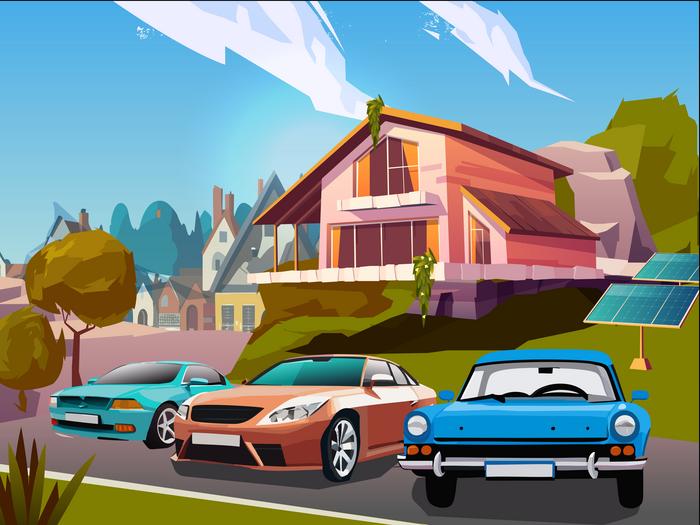
Japan’s electric vehicle transition by 2035 may be insufficient to combat the climate crisis, but there are solutions
Researchers at Kyushu University have found that Japan’s current policy of stopping the sale of gas vehicles by 2035 and transitioning only to hybrids and electric vehicles may be insufficient to reduce the country’s CO2 emissions and prevent it from reaching its decarbonization target goals.
Research team reveals the role of calcite in improving soil organic matter stability
A team of researchers led a study that has revealed valuable details about the role that calcite plays in the long-term stability of soil organic matter (SOM), which represents the Earth’s largest terrestrial carbon reservoir. Maintaining the stability of this reservoir…
‘Roving sentinels’ discover new air pollution sources
Google Street View cars equipped with instrumentation sampled air quality at a scale fine enough to capture variations within neighborhoods in the Salt Lake Valley. A new atmospheric modeling method, combined with these mobile observations, can be used to identify pollution emission sources in many cities.
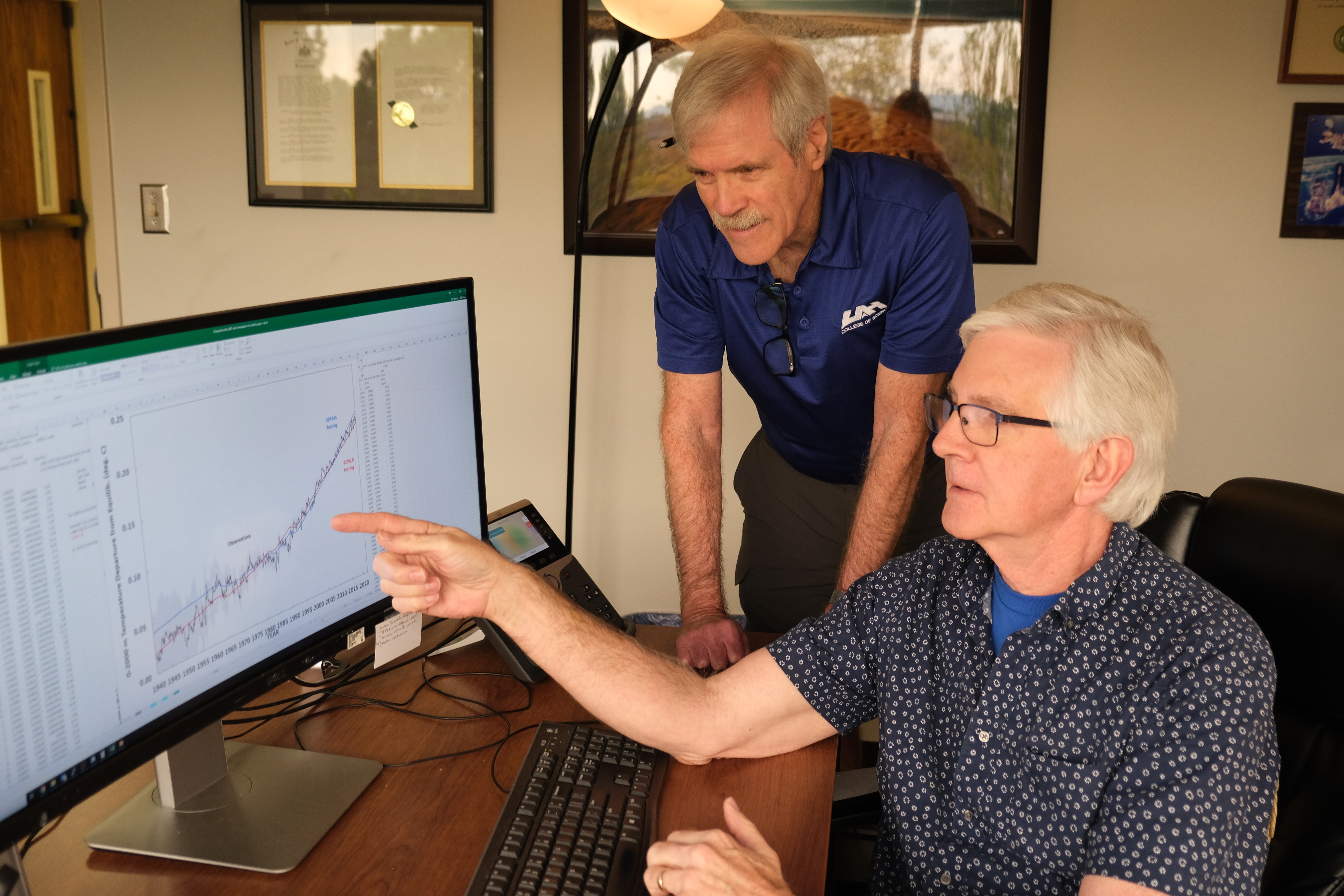
New UAH climate model provides data-driven answer to major goal of climate research
A new research study from The University of Alabama in Huntsville, a part of the University of Alabama System, addresses a central question of climate change research: how much warming can be expected from adding carbon dioxide to the atmosphere through fossil fuel burning and other activities as standards of living increase around the world?UAH Earth System Science Center Research Scientist Dr.
Light-activated acid drives energy-efficient, on-demand release of captured CO2
Using light instead of heat, Oak Ridge National Laboratory researchers found a way to release carbon dioxide from a solvent used in direct air capture to trap this greenhouse gas.
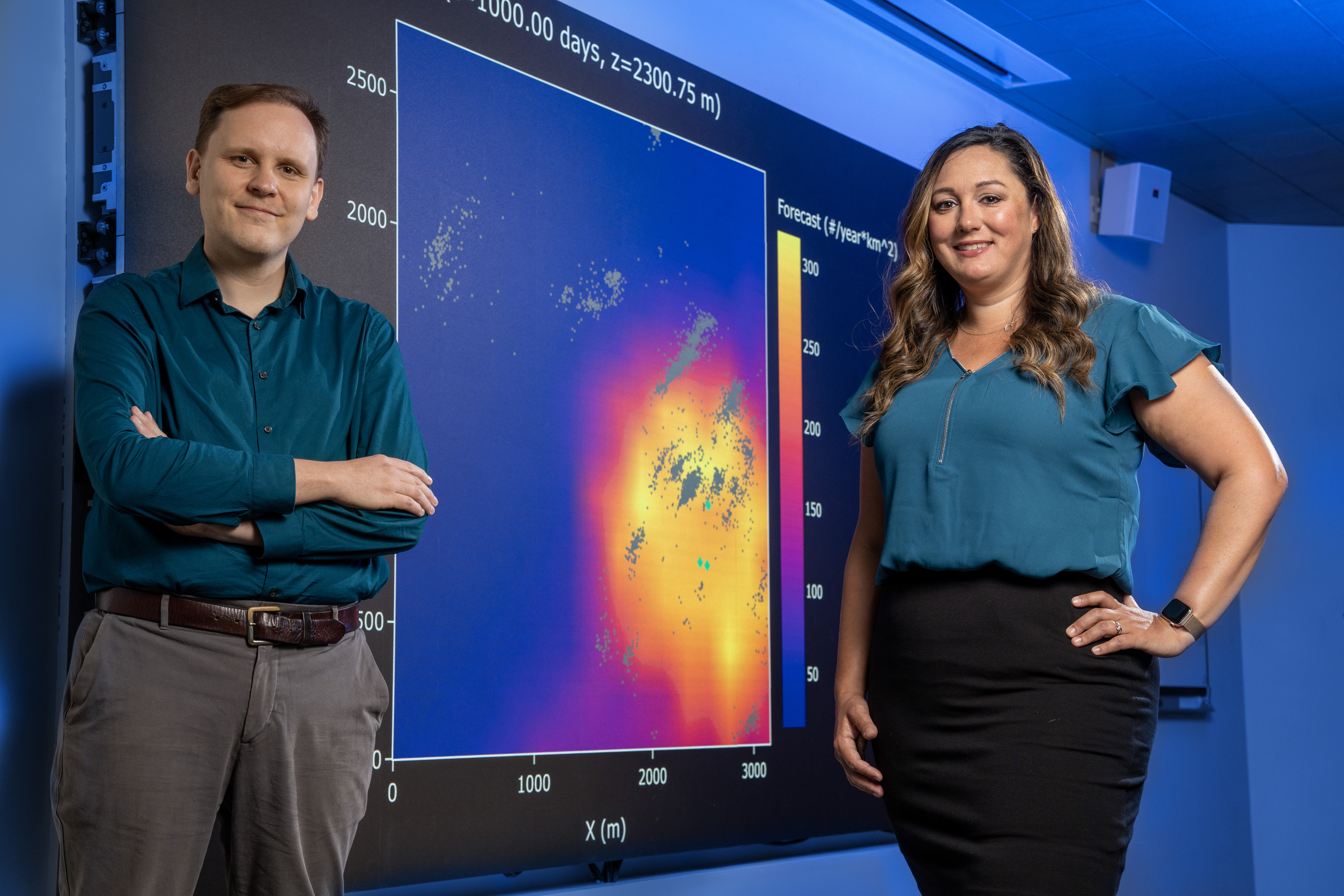
Open-source toolkit quantifies induced seismicity hazard to reduce risks at carbon-storage sites
Lawrence Livermore National Laboratory (LLNL) has partnered with another national lab and a seismic instrumentation monitoring company to develop a physics-based seismic-forecasting software platform to help operators and regulators better understand and manage seismic hazards at carbon storage sites.
Gullies on Mars could have been formed by recent periods of liquid meltwater, study suggests
A study led by Brown University researchers offers new insights into how water from melting ice could have played a recent role in the formation of ravine-like channels that cut down the sides of impact craters on Mars.
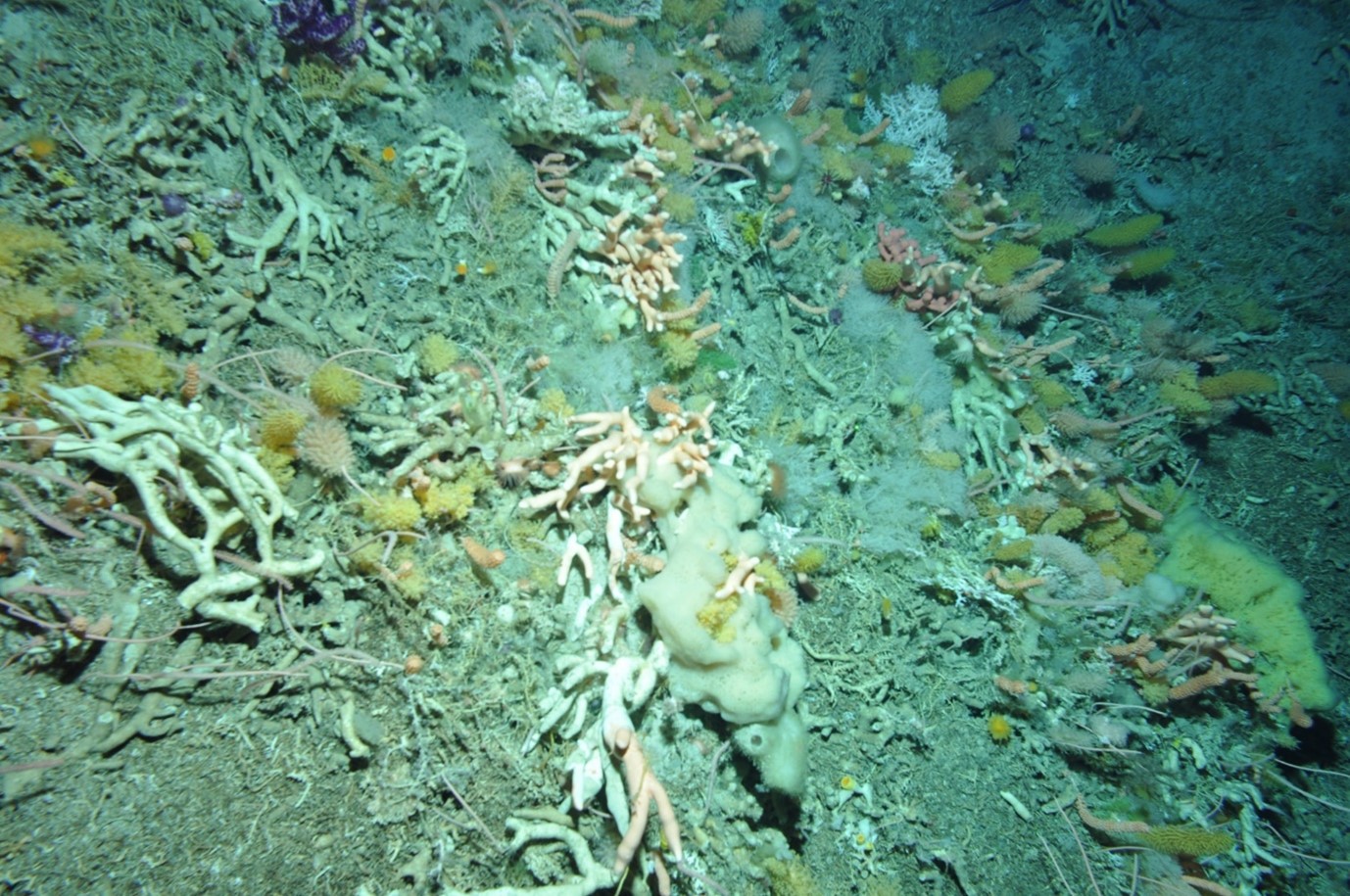
Study of deep-sea corals reveals ocean currents have not fuelled rise in atmospheric carbon dioxide
Pioneering analysis of deep-sea corals has overturned the idea that ocean currents contributed to increasing global levels of carbon dioxide in the air over the past 11,000 years.
Ocean Alkalinity Enhancement Project Looks at Pulling Carbon Dioxide from the Atmosphere
With human-induced greenhouse gases fueling global climate change, there is an urgent need to bolster emissions reductions with large-scale carbon dioxide removal.
Want Better Kimchi? Make It Like the Ancients Did
In a combined experimental and theoretical study, Georgia Tech researchers measured carbon dioxide levels in onggi during kimchi fermentation and developed a mathematical model to show how the gas was generated and moved through the onggi’s porous walls. By bringing the study of fluid mechanics to bear on an ancient technology, their research highlights the work of artisans and provides the missing link for how the traditional earthenware allows for high quality kimchi.
US forests face an unclear future with climate change
Climate change might compromise how permanently forests are able to store carbon and keep it out of the air. In a new study, researchers found that the regions most at risk to lose forest carbon through fire, climate stress or insect damage are those regions where many forest carbon offset projects have been set up. The authors assert that there’s an urgent need to update these carbon offsets protocols and policies.
Long-forgotten equation provides new tool for converting carbon dioxide
To manage atmospheric carbon dioxide and convert the gas into a useful product, Cornell University scientists have dusted off an archaic – now 120 years old – electrochemical equation.
Wildfires in 2021 emitted a record-breaking amount of carbon dioxide
Carbon dioxide emissions from wildfires, which have been gradually increasing since 2000, spiked drastically to a record high in 2021, according to an international team of researchers led by Earth system scientists at the University of California, Irvine.
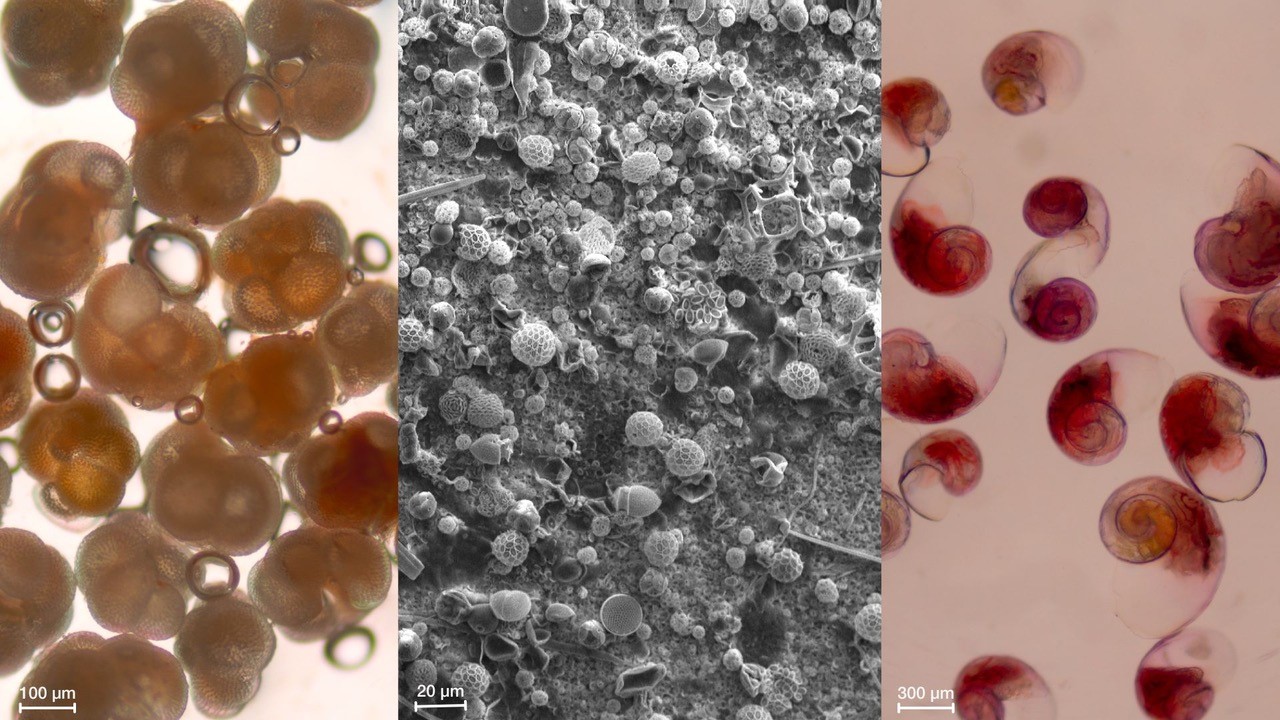
New finding provides better understanding of oceans’ capacity to absorb atmospheric CO2
A new study demonstrates the important role of a common group of marine calcifying phytoplankton (coccolithophores) in the regulation of carbon dioxide (CO2) concentrations in the atmosphere.
Carbon-negative concrete products to be formed from upcycled waste
The cement industry emits more than 3 gigatons of carbon dioxide worldwide from the manufacturing of about 4.5 gigatons of cement every year because of its carbon-dioxide- and energy-intensive processing. This amount of cement is necessary to produce the concrete that shapes modern infrastructure.
Storing CO2 underground may be a safe solution to mitigate climate change
A study led by the Institute of Environmental Assessment and Water Research (IDAEA) and the Mediterranean Institute for Advanced Studies (IMEDEA CSIC-UIB), both belonging to the Spanish National Research Council (CSIC), has shown that injecting billions of tonnes of atmospheric CO2 (carbon dioxide) underground has a low risk of leakage back to the surface.
Climate change could cause “disaster” in the world’s oceans, say UC Irvine scientists
Irvine, Calif., Jan. 4, 2023 — Climate-driven heating of seawater is causing a slowdown of deep circulation patterns in the Atlantic and Southern oceans, according to University of California, Irvine Earth system scientists, and if this process continues, the ocean’s ability to remove carbon dioxide from the atmosphere will be severely limited, further exacerbating global warming.
Scientists find iron cycling key to permafrost greenhouse gas emissions
The interaction of elemental iron with the vast stores of carbon locked away in Arctic soils is key to how greenhouse gases are emitted during thawing and should be included in models used to predict Earth’s climate, Oak Ridge National Laboratory scientists found.
Inflation Reduction Act Offers Significant Benefits for Public Health
An analysis published today in the New England Journal of Medicine describes the significant benefits The Inflation Reduction Act offers to improve public health through tax credits and other financial incentives.
Cardiothoracic Surgeon to Lead Smidt Heart Institute’s ECMO Program
The Smidt Heart Institute at Cedars-Sinai has selected board-certified cardiothoracic surgeon Tyler Gunn, MD, to be the director of the Extracorporeal Membrane Oxygenation, or ECMO, Program in the Department of Cardiac Surgery.
Improving carbon storage in soils
Symposium to cover biological and physical ways to increase carbon in soil
What is blue carbon, and why is it important?
Blue carbon provides many ecosystem services and is an important tool in reducing the effects of climate change
Plankton will store more carbon as Earth’s climate warms – but storage beyond the end of the century is uncertain
The amount of carbon stored by microscopic plankton will increase in the coming century, predict researchers at the University of Bristol and the National Oceanography Centre (NOC).
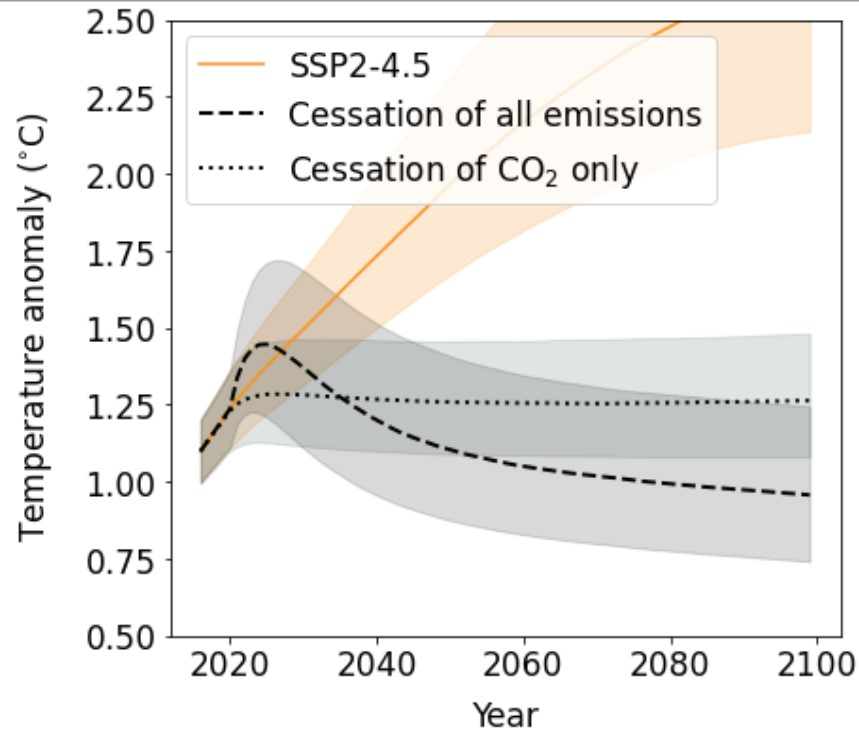
Including all types of emissions shortens timeline to reach Paris Agreement temperature targets
Instead of focusing on carbon dioxide’s effect on future temperature, new research includes the related human-generated emissions of methane, nitrogen oxide and particle pollution. Expanding the scope increases the amount of future warming that is already guaranteed by past emissions, and shortens the timeline to reach the Paris Agreement temperature targets.
Using microbes to make carbon-neutral fuel
A team of biologists and engineers modified a microbe so that it can produce a biofuel using only three renewable and naturally abundant source ingredients: carbon dioxide, solar panel-generated electricity and light.
Agricultural decarbonization gets new emphasis at ORNL
Finding a way to reduce metric tons of carbon dioxide while sustaining food products to feed the country and the world is becoming an area of increased focus in national decarbonization efforts and is attracting increased attention at Oak Ridge National Laboratory.
Climate Change Threatens Base of Polar Oceans’ Bountiful Food Webs
A study recently published in Nature Communications suggests that displacing cold-water communities of algae with warm-adapted ones threatens to destabilize the delicate marine food web. The team was led by University of East Anglia researchers and included DOE Joint Genome Institute researchers.
‘Nanojars’ capture dissolved carbon dioxide, toxic ions from water
Carbon dioxide dissolves in oceans, lakes and ponds, forming bicarbonate ions that can reenter the atmosphere as carbon dioxide later. Now, researchers have developed tiny “nanojars” that split bicarbonate into carbonate and capture it. They will present their results at ACS Fall 2021.
Chula Successfully Converts Carbon Dioxide to Methanol – Reduces Global Warming, and Adds Value to the Circular Economy
An Engineering professor, Chulalongkorn University has successfully converted carbon dioxide to methanol via a thermochemical method that consumes less energy and provides more yield, providing an alternative solution to reduce greenhouse gas emissions and stimulate the circular economy.
NUS and Shell join hands to advance decarbonisation solutions
Researchers from the National University of Singapore and international energy giant Shell will jointly develop novel processes to use carbon dioxide, a byproduct of industrial processes, to produce fuels and chemicals for the energy industry. This S$4.6 million research programme is supported by the National Research Foundation Singapore, and was formalised by all three parties at a ceremony held on 14 May 2021.
Catastrophic Sea-Level Rise from Antarctic Melting is Possible with Severe Global Warming
The Antarctic ice sheet is much less likely to become unstable and cause dramatic sea-level rise in upcoming centuries if the world follows policies that keep global warming below a key 2015 Paris climate agreement target, according to a Rutgers coauthored study. But if global warming exceeds the target – 2 degrees Celsius (3.6 degrees Fahrenheit) – the risk of ice shelves around the ice sheet’s perimeter melting would increase significantly, and their collapse would trigger rapid Antarctic melting. That would result in at least 0.07 inches of global average sea-level rise a year in 2060 and beyond, according to the study in the journal Nature.
Rutgers Experts Available to Discuss New U.S. Greenhouse Gas Emissions Target
New Brunswick, N.J. (April 22, 2021) – Rutgers University–New Brunswick professors Robert E. Kopp and Pamela McElwee are available for interviews on President Biden’s new plan, unveiled on Earth Day, for the United States to roughly halve greenhouse gas emissions by 2030. “Stabilizing the global…
The Race Against the Climate Crisis
Just adapting to climate change is not something the world can afford to do. So, the CSU is exploring all options to thwart potentially disastrous consequences.
Rutgers Expert Available to Discuss Viral ‘Pandemics’ in Oceans
New Brunswick, N.J. (April 6, 2021) – Rutgers University–New Brunswick microbial oceanographer Kay D. Bidle is available for interviews on the persistent and profound impact of viral infections on algae in the oceans. These infections influence the Earth’s carbon cycle, which helps…
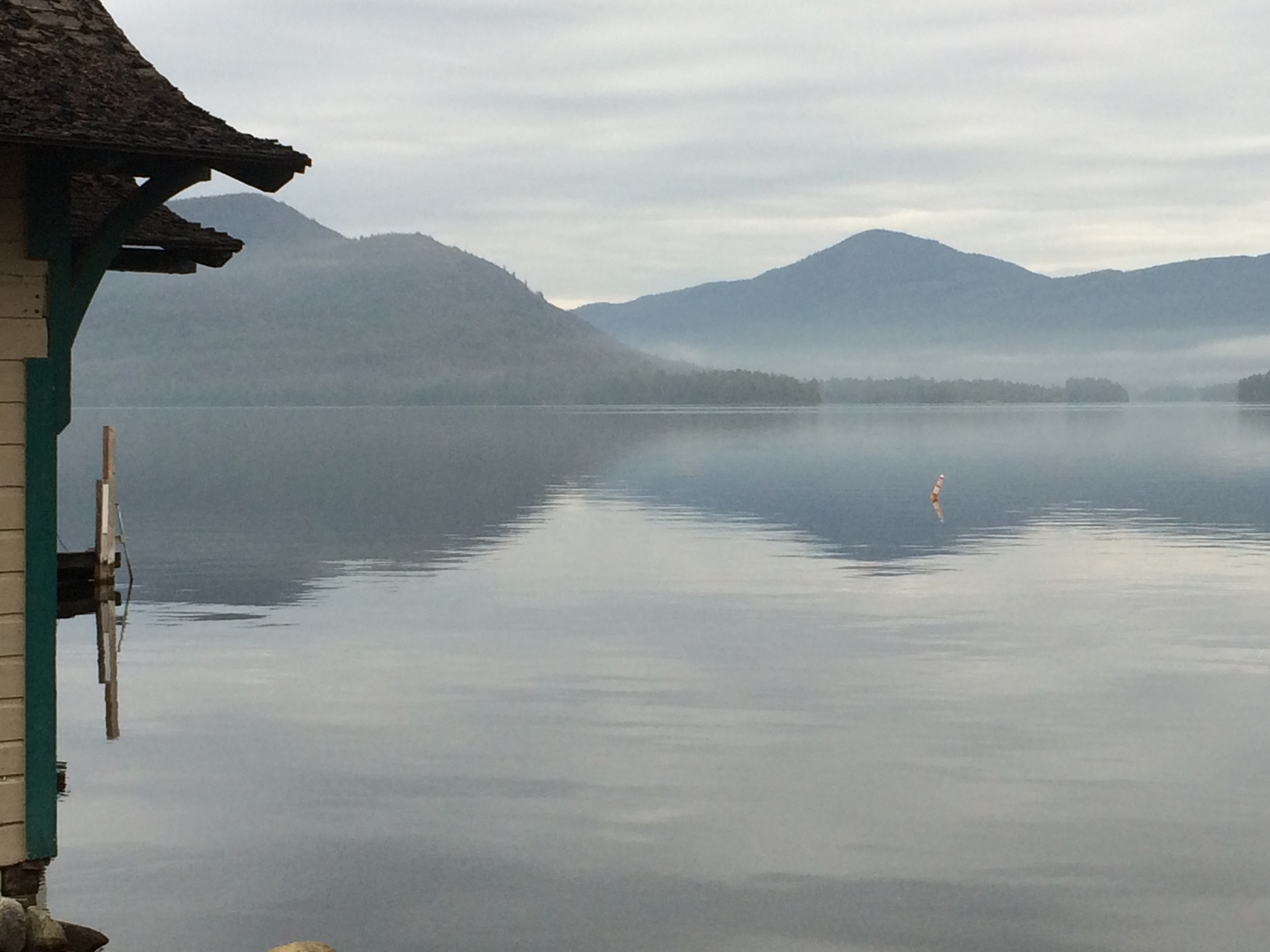
Are Lakes Emitting More Carbon Dioxide in a Warming World?
As the planet heats up, are lakes releasing more carbon dioxide into the atmosphere? With a prestigious National Science Foundation Faculty Early Career Development (CAREER) grant, researcher Kevin Rose will examine large-scale patterns in concentrations of carbon dioxide (CO2) and dissolved oxygen to answer the question.
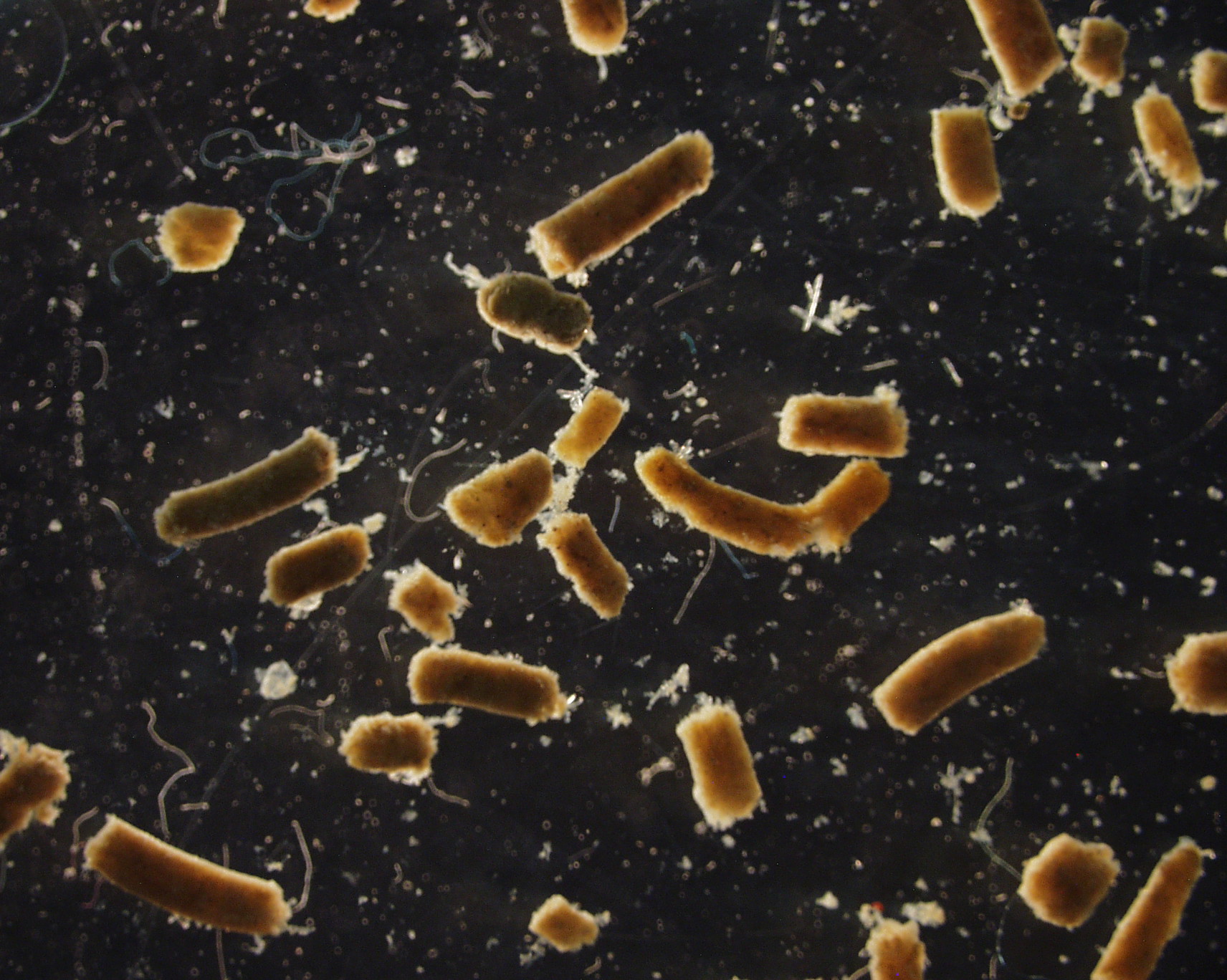
Fishes Contribute Roughly 1.65 Billion Tons of Carbon in Feces and Other Matter Annually
Scientists have little understanding of the role fishes play in the global carbon cycle linked to climate change, but a Rutgers-led study found that carbon in feces, respiration and other excretions from fishes – roughly 1.65 billion tons annually – make up about 16 percent of the total carbon that sinks below the ocean’s upper layers.
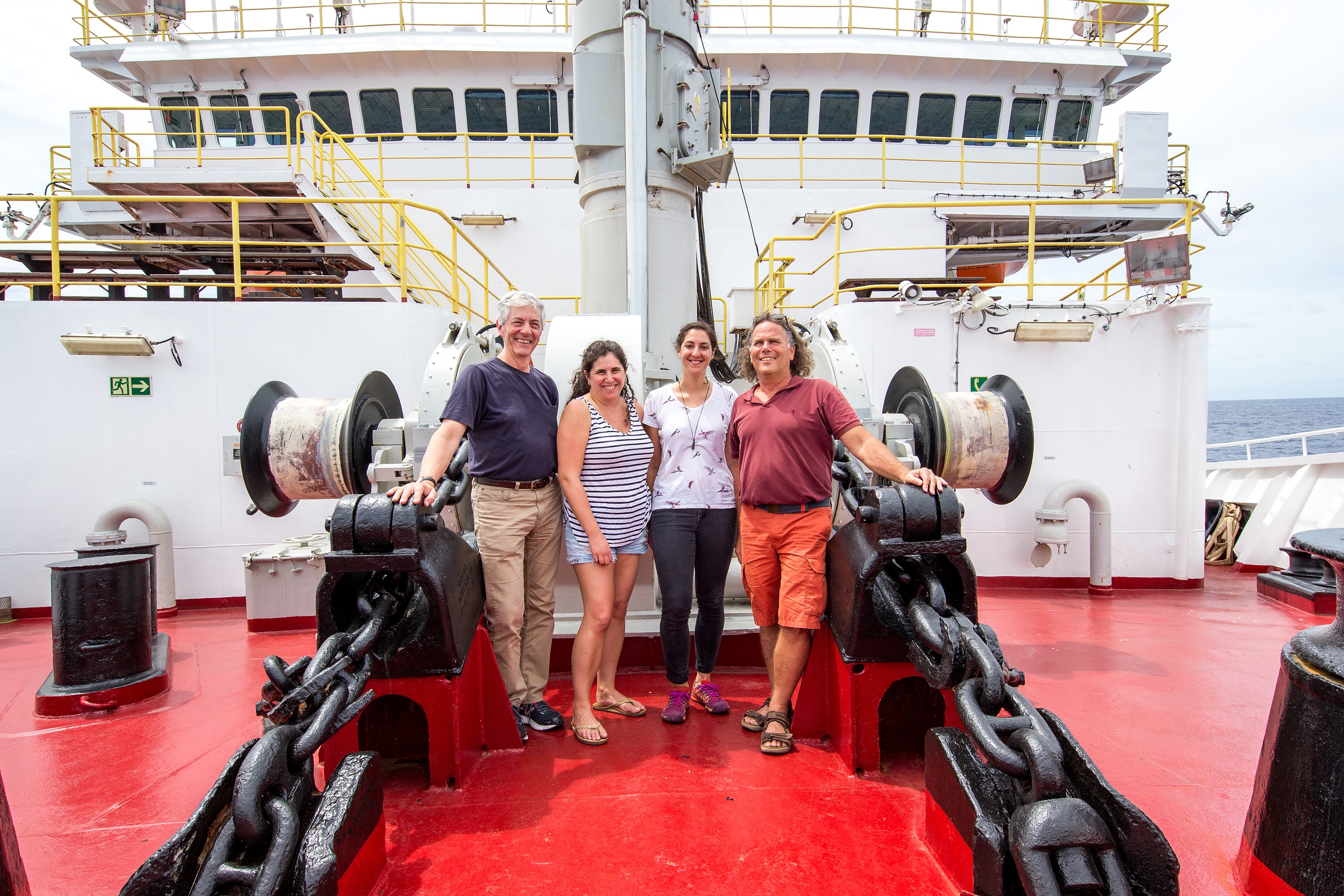
Important Climate Change Mystery Solved by Scientists
Scientists have resolved a key climate change mystery, showing that the annual global temperature today is the warmest of the past 10,000 years – contrary to recent research, according to a Rutgers-led study in the journal Nature. The long-standing mystery is called the “Holocene temperature conundrum,” with some skeptics contending that climate model predictions of future warming must be wrong. The scientists say their findings will challenge long-held views on the temperature history in the Holocene era, which began about 12,000 years ago.
Rutgers Experts Available to Discuss U.S. Rejoining Paris Climate Agreement
New Brunswick, N.J. (Jan. 20, 2021) – Rutgers University–New Brunswick professors Pamela McElwee and Robert E. Kopp are available for interviews on the announcement that President Biden’s administration will rejoin the Paris climate agreement. In 2017, President Trump announced that the United States would withdraw…